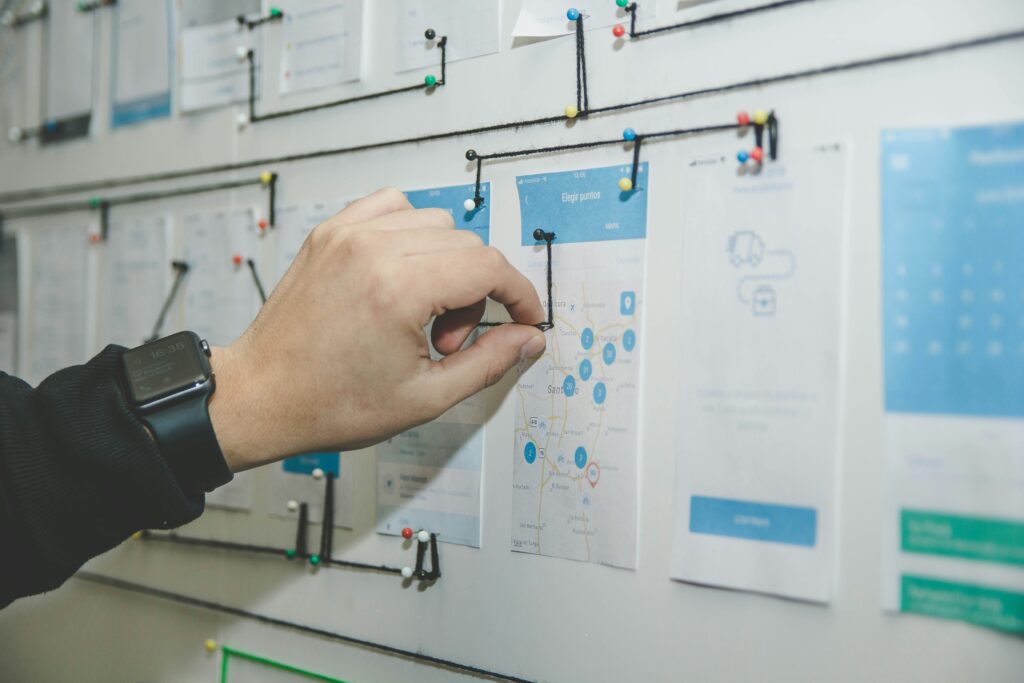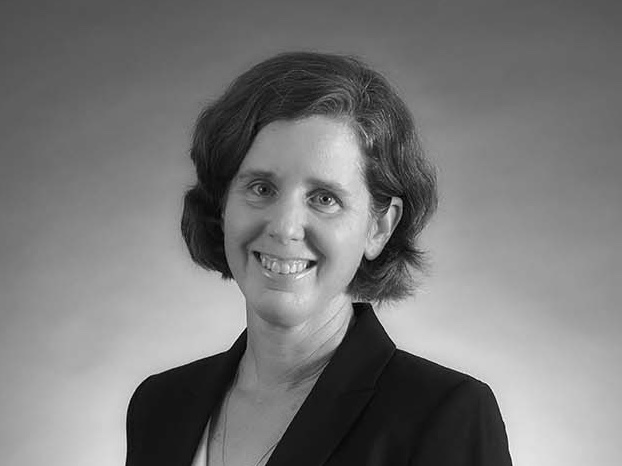Welcome to the fourth entry in our blog series. Today our focus is on crafting and implementing workflows for content creation and localization that are efficient, value-oriented, and enable compliance with current regulatory requirements.
The Imperative of End-to-End Connectivity
The first cornerstone of a well-oiled life sciences content creation and localization workflow is the seamless integration of various systems. An interconnected ecosystem that ties together all involved systems, such as Regulatory Information Management (RIM) systems, content management systems (CMS), and an array of localization tools, is paramount. These tools used in localization include, but are not limited to:
- Translation Management Systems
- Artificial Intelligence, including Machine Translation
- Computer Assisted Translation Tools
- Terminology Management
- Automated Quality Assurance (autoQA)
- Readability
Such integration facilitates a streamlined path from content creation to localization, ensuring that nothing gets lost in translation—literally and figuratively.
Scaling with Component-Based CMS
Modern life sciences content management must be dynamic and scalable. A component-based CMS, preferably with XML underpinnings, allows for not only scalability but also the flexibility of generating outputs across connected systems. This architecture supports the modularity of content, enabling teams to update and manage discrete pieces of content without the need to overhaul entire documents.
Designing Your CMS Strategy
Setting Common Standards
Divergent standards across departments can lead to confusion and inefficiency. Setting common standards before the CMS setup is crucial. Appoint a dedicated individual or committee responsible for driving global standardization efforts. While essential, this role often lacks clear ownership at a global level in life sciences organizations.
Workflow Optimization
Traditional document-centered workflows are giving way to component-focused approaches. This is a great opportunity to challenge workflows that have been existence for years, or those that have been updated with only minor modifications. Just because a workflow has been used forever doesn’t make it the most effective workflow to address the current regulatory context. Consider also the different types of content you are creating. Workflows should not necessarily be the same across different content types.
Rather than simply automating your current steps, challenge whether the steps are needed, how they’re done, their frequency, who does them, and whether they can be automated or streamlined. Focus on steering away from document-centric methods. Involve localization experts during workflow design to ensure that your planned future workflows drive efficiency in the end to end processes.
Managing Non-Automatable Content
In recognizing the limits of automation within a CMS, it is essential to identify content types that resist full automation. This may include:
- Content requiring redaction
- Non-editable formats
- Handwritten content
While automation can simplify some aspects of handling these content types, certain elements will still require manual intervention. Balancing automation with human oversight ensures that quality and compliance are maintained.

Conclusion
Efficient and value-oriented workflows in life sciences are not just about the right technology; they’re about smart integration, scalability, and strategic process design. By focusing on these areas, organizations can achieve a streamlined, compliant, and future-proof localization process that stands up to the rigorous demands of the regulatory and commercial context.
Remember, it’s not just about working harder to achieve the new regulatory requirements, but also working smarter. With the right CMS strategy in place, your global content will not just reach further and faster. It will do so with the precision and care that the field of life sciences demands.
#localizationinstitute #lifescienceslocalization #lifesciences #PeakGlobalSolutions #RegulatoryAffairs #MedicalDevice #ClinicalTrials #Consulting

Sonia brings 30+ years of leadership experience in the localization industry. Having worked with a diverse range of clients and industries, Sonia brings a wealth of knowledge and a proven track record of success in delivering exceptional localization solutions.

Pingback: Adapting to MDR Localization Challenges - Peak Global Solutions